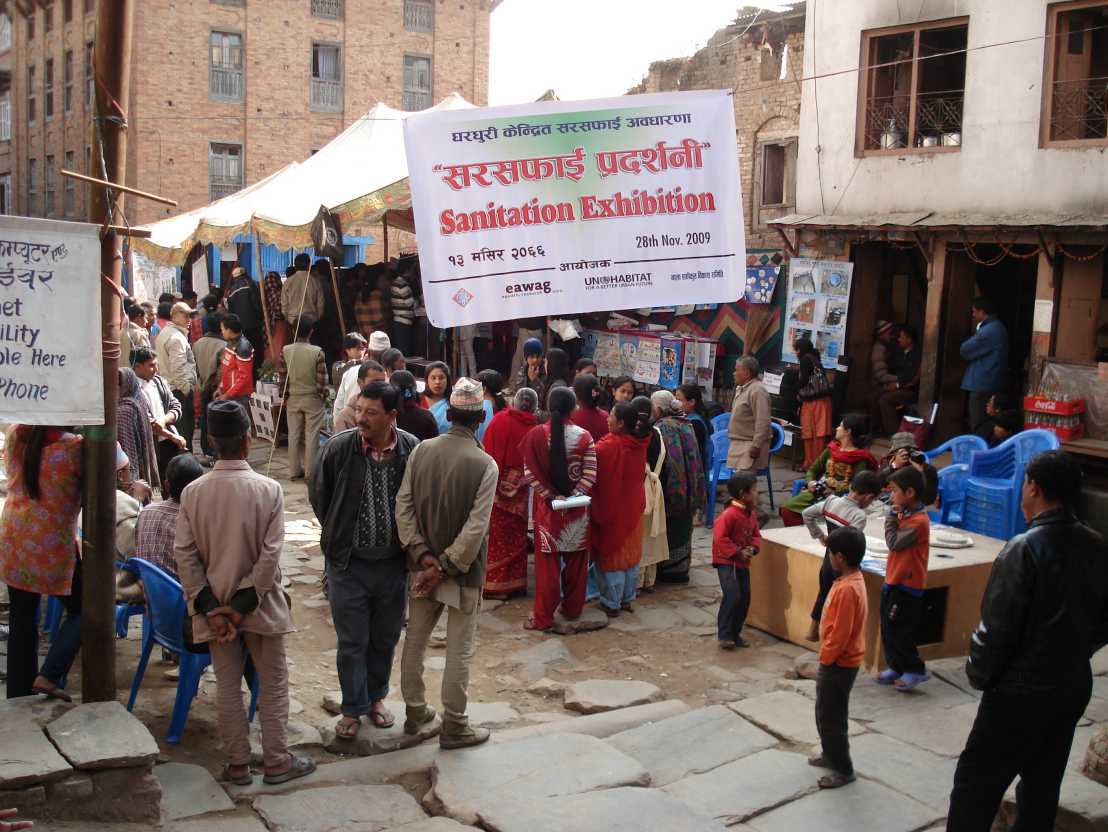E4D Fellow: Dorothee Spuhler
Sustainable sanitation planning in Nepal and Ethiopia

Project duration: 2015 - 2018
Supervisor at ETH Zurich
Professor Max Maurer (Chair of Urban Water Systems)
Collaborators
Dr. Christoph Lüthi, Eawag
PD Günter Langergraber, University of Natural Resources and Life Sciences, Vienna
Partner institutions
external pageSandec, Eawagcall_made
external pageUniversity of Natural Resources and Life Sciences, Viennacall_made
Nepal:
external pageEnvironmental and Public Health Organization (ENPHO)call_made
external page500B Solutionscall_made
Ethiopia:
external pageArba Minch University (AMU)call_made
Arba Minch Town Municipality (AMTM)
Project description

Much has been invested to improve sanitation coverage worldwide. However, the high number of inoperative facilities shows dramatically that there are some substantial deficits with non-technical issues of their implementation. Conventional sanitation planning has been top-down focusing on toilet provision leaving out other important aspects such as wastewater treatment downstream. This has led to inappropriate technology choice, lack of ownership and a high number of failing projects. The situation is particularly challenging in expanding urban areas of developing countries where most of the current global population growth is taking place.
To select an appropriate and sustainable sanitation system in a given context is a complex multi-criteria decision making problem. As novel technologies emerge, it becomes increasingly difficult to identify the best option. Structured decision-making (SDM) can help to tackle such complex situations by combining environmental engineering and multi-criteria decision analysis (MCDA) to identify trade-offs and balancing for opposing interests. So far research was focusing on the selection procedure, assuming that the options to choose from are already given. This thesis aims at providing systematic methods (1) to generate locally appropriate sanitation decision options at the structuring phase; and (2) to quantify performance indicators of a broad range of sanitation systems at the scale of a city as input into the strategic sanitation planning.
